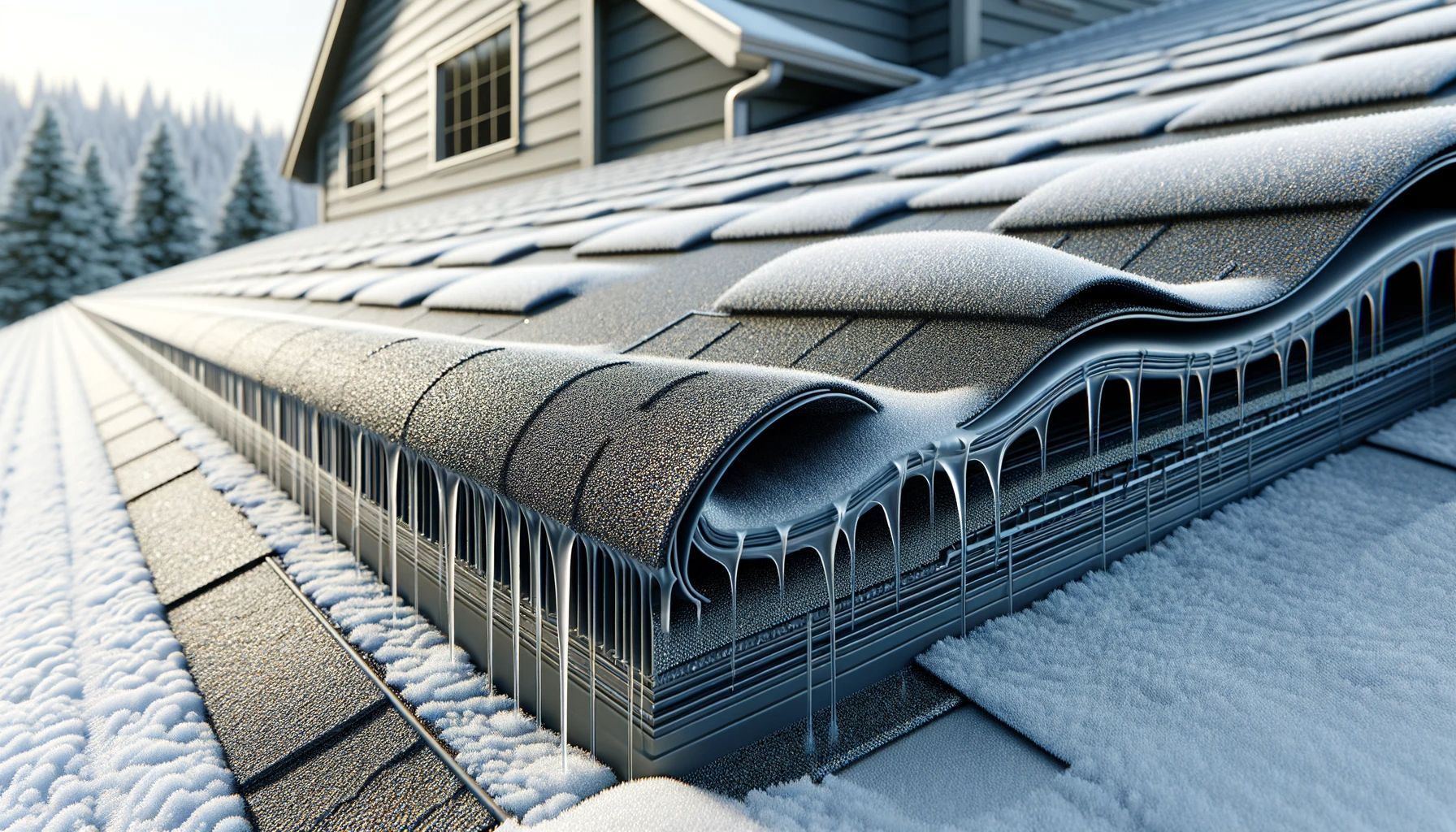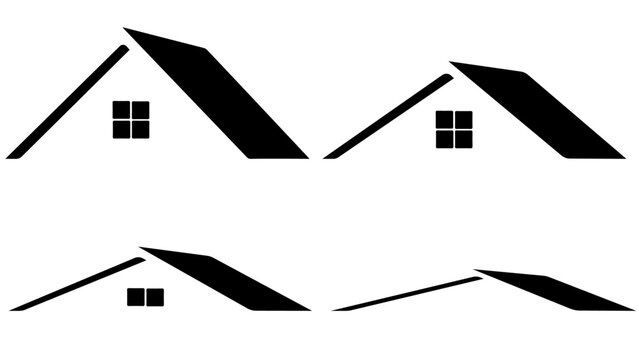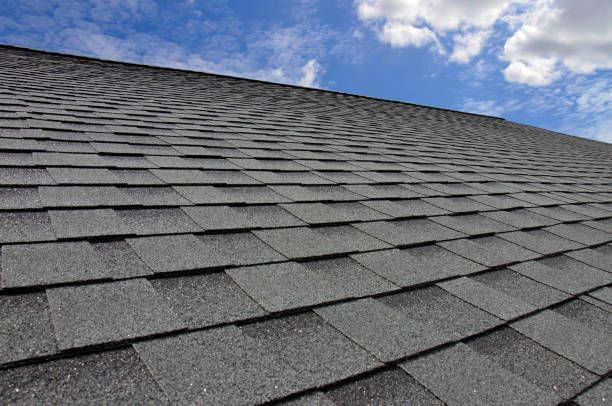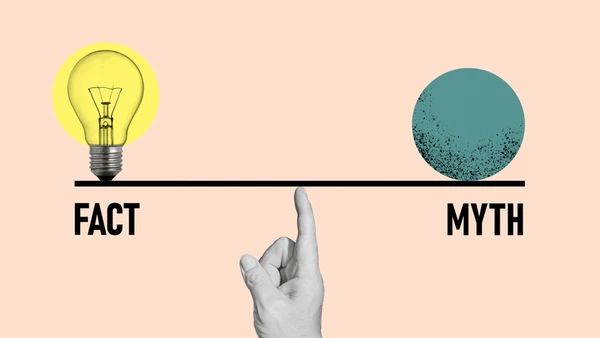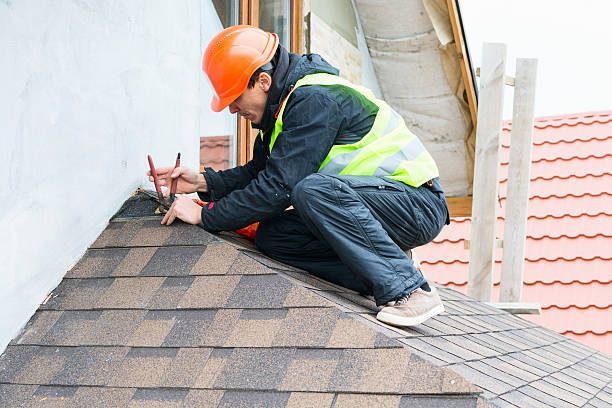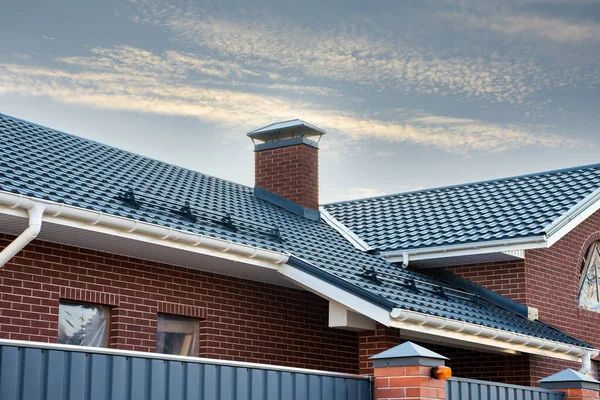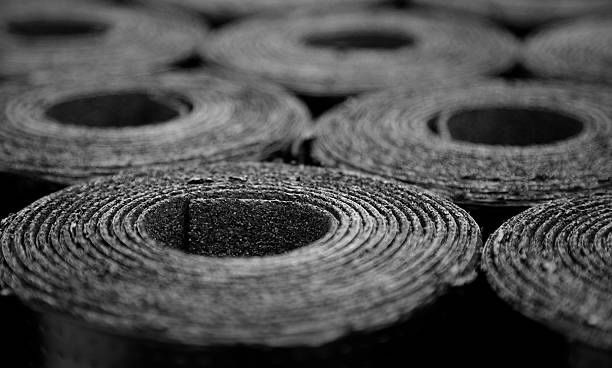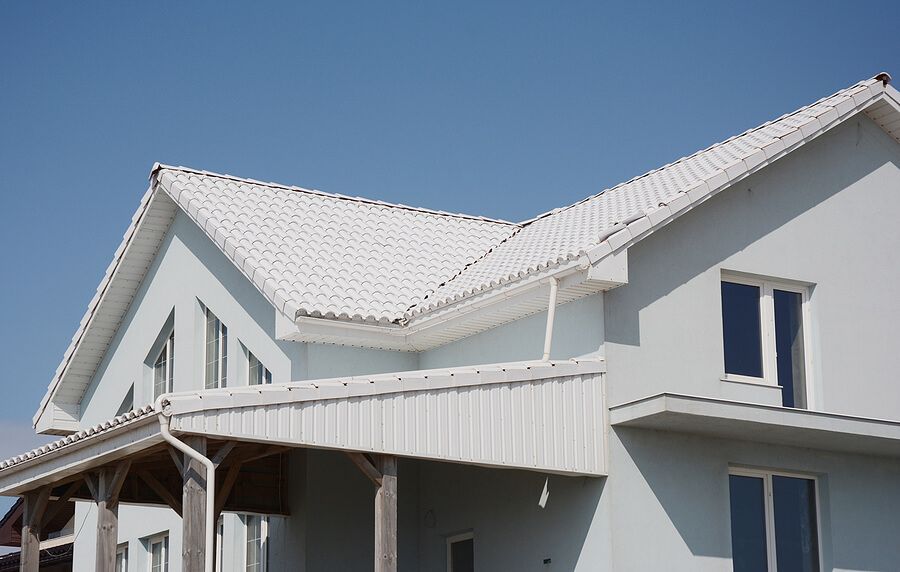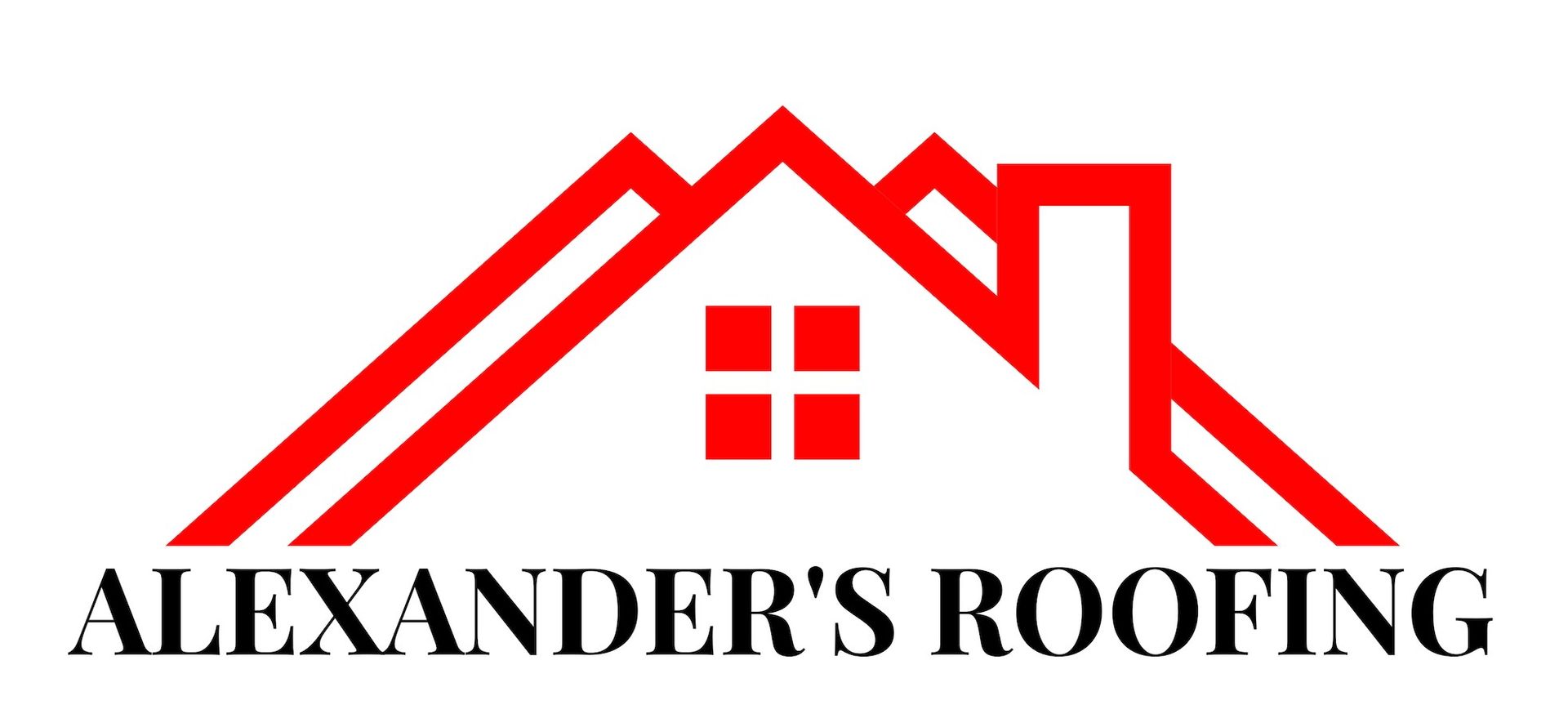How Heat Affects Your Roof: What You Need to Know
When it comes to home maintenance, we often think about issues like plumbing problems, electrical failures, or pest infestations. However, one crucial aspect that sometimes gets overlooked is the impact of heat on your roof. Extreme temperatures can have a significant effect on the longevity and performance of your roofing system. Here’s how heat affects your roof and what you can do to mitigate potential damage.
1. Roof Materials and Heat
Different roofing materials respond differently to heat. Here’s a brief overview of how some common types of roofing materials handle high temperatures:
- Asphalt Shingles:
These are among the most common roofing materials and are known for their ability to withstand high temperatures. However, prolonged exposure to intense heat can cause the shingles to become brittle and crack over time. This can lead to leaks and decreased insulation efficiency.
- Metal Roofs: Metal roofs are highly resistant to heat and are known for their durability and energy efficiency. However, if not properly installed, metal roofs can expand and contract with temperature changes, potentially leading to loose panels or fasteners.
- Clay and Concrete Tiles: These materials are very heat-resistant and can help keep your home cooler. However, they can be heavy and may require additional support. Heat can also cause them to become brittle if they’re not properly maintained.
- Wood Shingles and Shakes: Wood roofing materials can be susceptible to damage from extreme heat. They may dry out, crack, or become more flammable in high temperatures, which can affect their longevity and safety.
2. Impact on Roof Insulation
Heat affects not only the roofing material but also the insulation beneath it. In hot weather, roofs can become excessively hot, causing the insulation to lose its effectiveness. This can lead to higher cooling costs and an increased strain on your HVAC system. Proper insulation and ventilation are crucial to maintaining a comfortable indoor temperature and extending the life of your roof.
3. Heat-Induced Roof Damage
- Thermal Expansion and Contraction: Roof materials expand and contract with temperature changes. In extreme heat, this can lead to warping, buckling, or other forms of damage. This is particularly relevant for materials like metal, which are prone to significant expansion.
- UV Damage: Prolonged exposure to UV rays can degrade roofing materials, causing them to lose their protective properties. This can lead to premature aging, cracking, and reduced effectiveness of the roof.
- Degradation of Protective Coatings: Many roofing materials are coated with protective substances to enhance their longevity. Extreme heat can cause these coatings to break down faster, reducing their protective capabilities.
4. Preventive Measures
To mitigate the effects of heat on your roof, consider the following strategies:
- Regular Inspections: Have your roof inspected regularly by a professional to identify any signs of heat damage early. Catching issues early can prevent more extensive damage and costly repairs.
- Proper Ventilation: Ensure that your roof has adequate ventilation. This helps to regulate the temperature and reduce heat buildup in the attic, which can affect the roof and insulation.
- Quality Insulation: Invest in high-quality insulation to help keep your home cooler and reduce the impact of heat on your roofing materials.
- Roof Coatings: Consider applying reflective roof coatings. These coatings can help reduce heat absorption and protect your roof from UV damage.
- Timely Maintenance: Address any issues with your roof promptly. Regular maintenance can help you avoid problems that arise from heat damage.
5. Choosing the Right Roof
When selecting roofing materials, consider the climate in your area. In regions with extreme heat, materials that offer better heat resistance and energy efficiency are ideal. Consult with roofing professionals to choose the best option for your specific needs and climate conditions.
Conclusion
Heat can significantly impact your roof, affecting its durability, efficiency, and overall performance. By understanding how heat affects different roofing materials and taking preventive measures, you can extend the life of your roof and maintain a comfortable, energy-efficient home. Regular inspections, proper insulation, and timely maintenance are key to ensuring your roof can withstand the challenges posed by extreme temperatures.
Stay proactive, and your roof will thank you for it!
